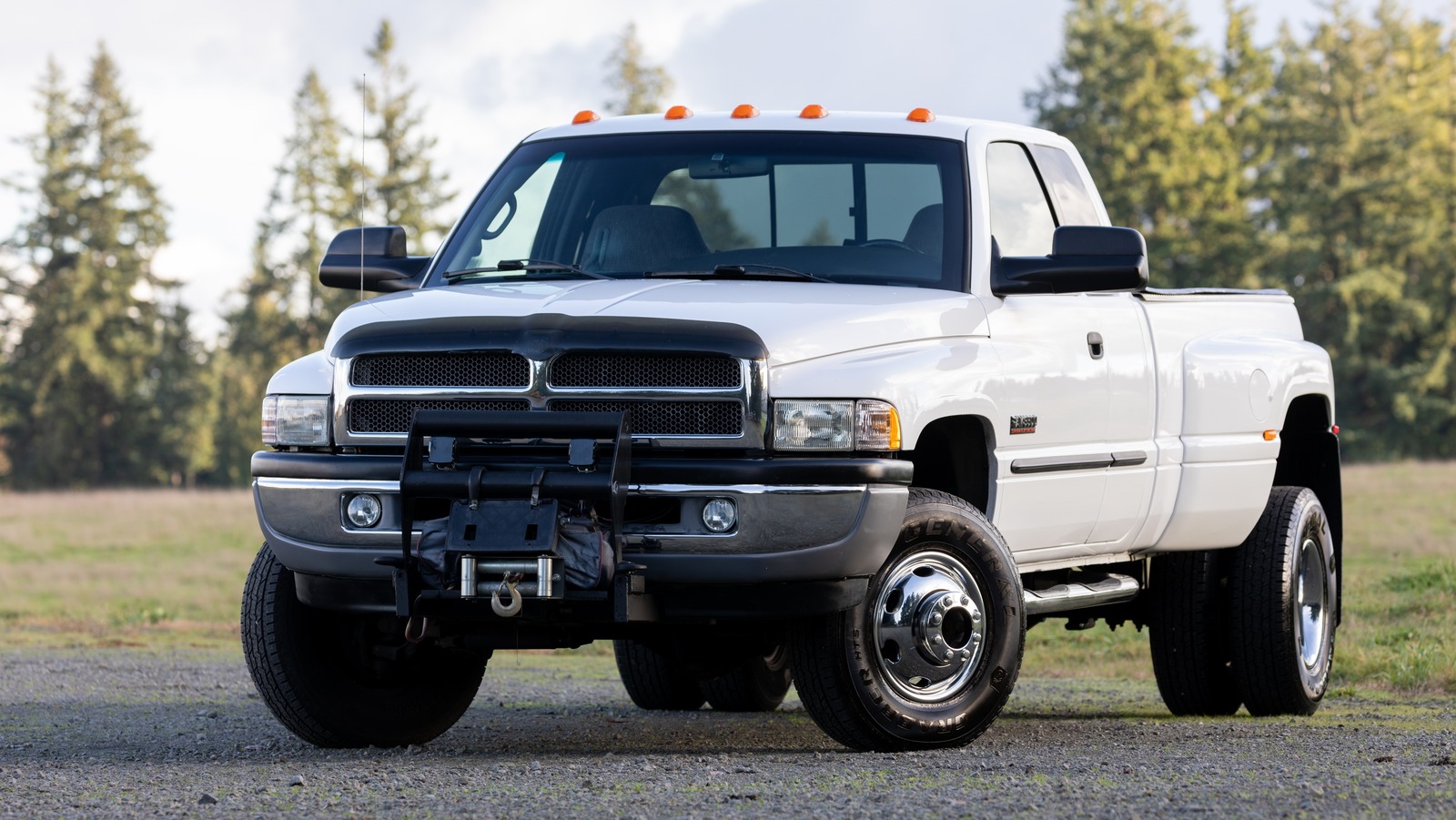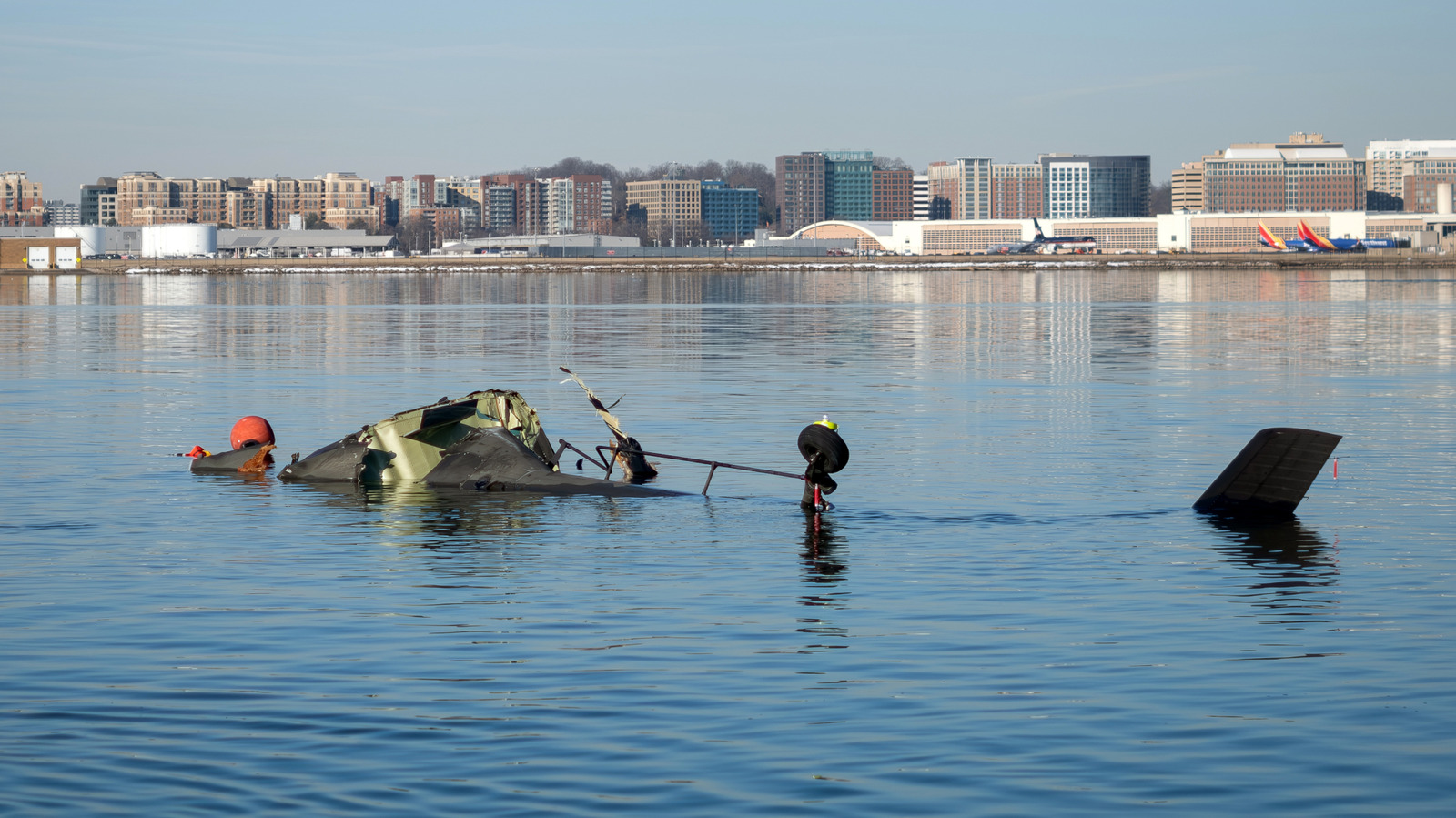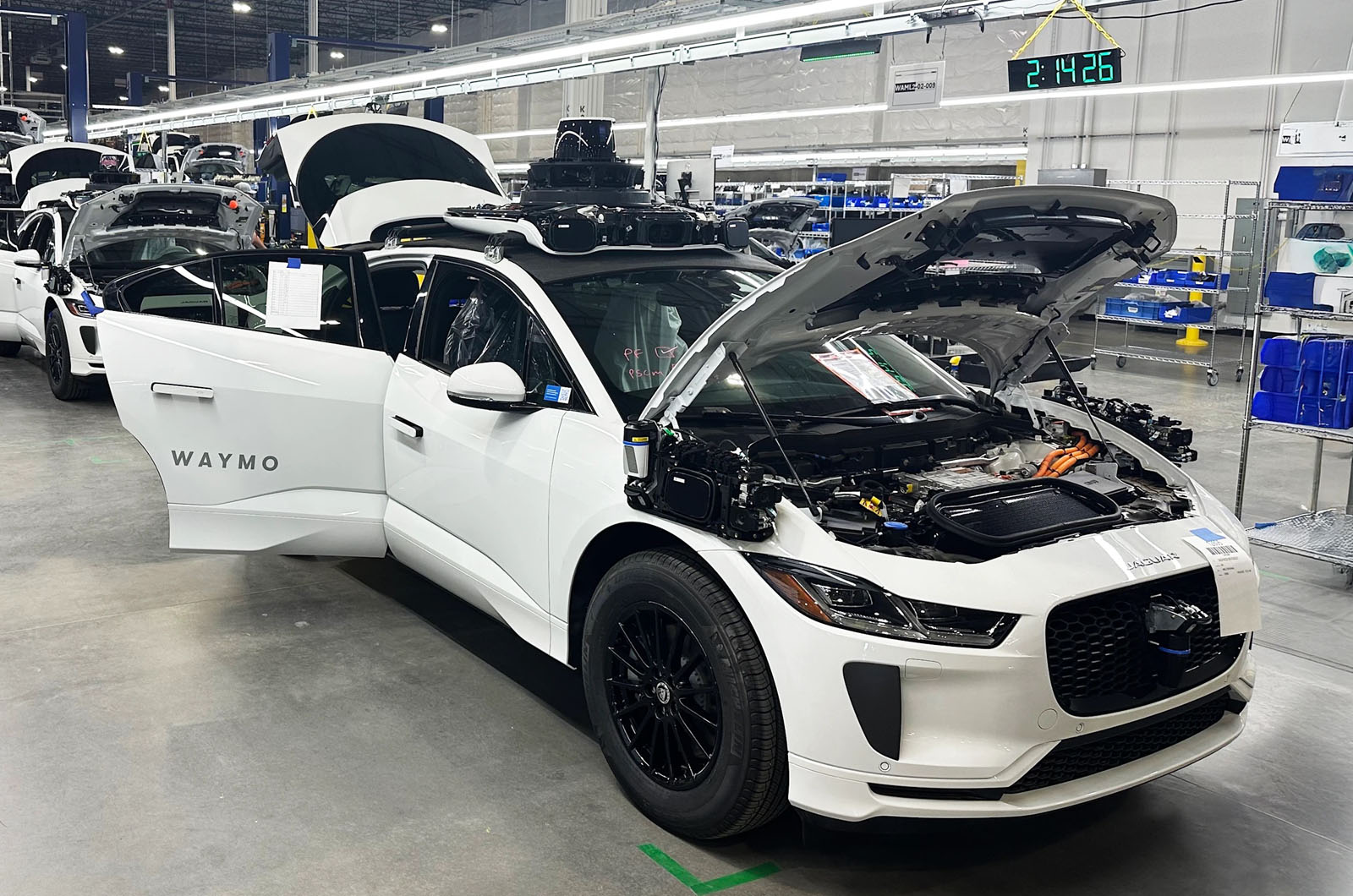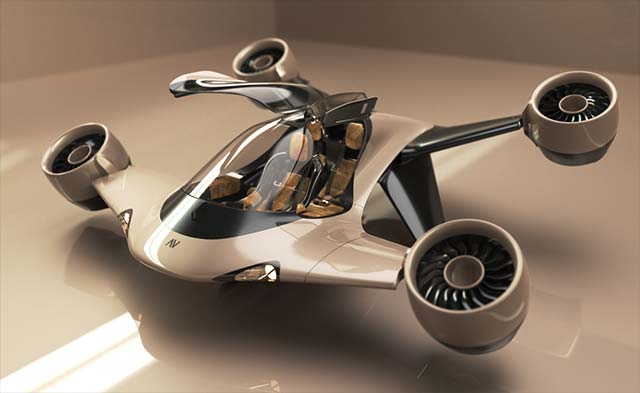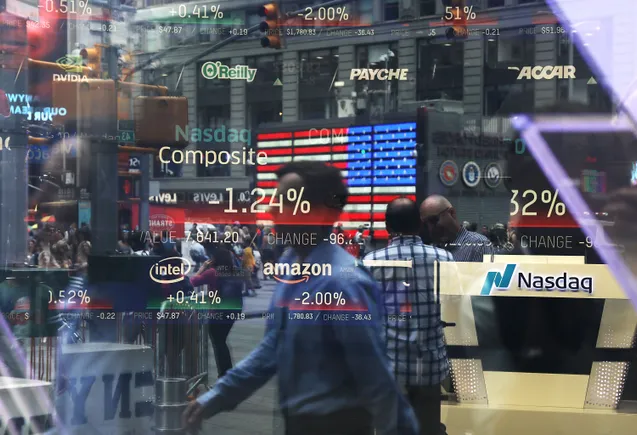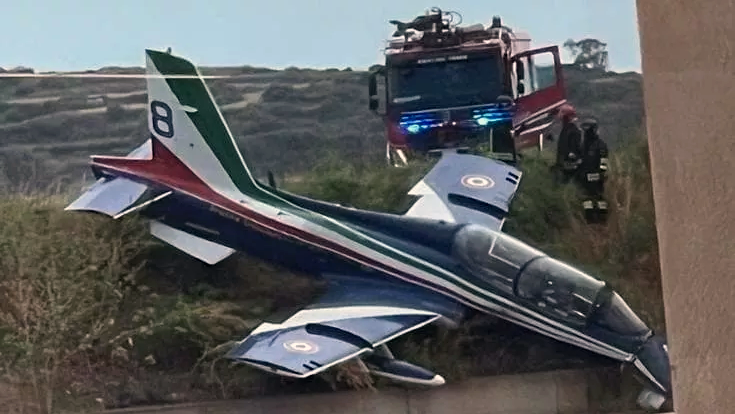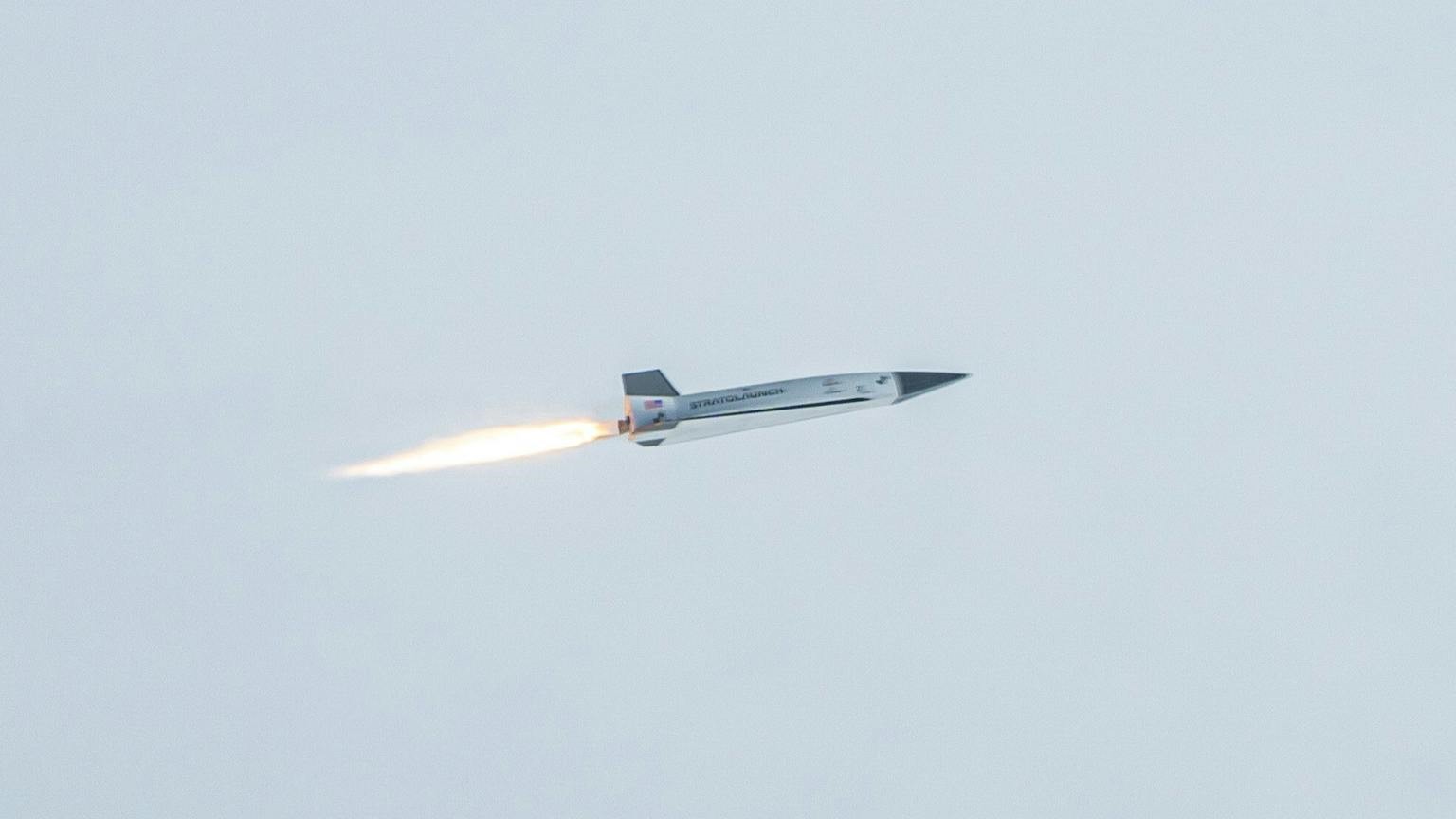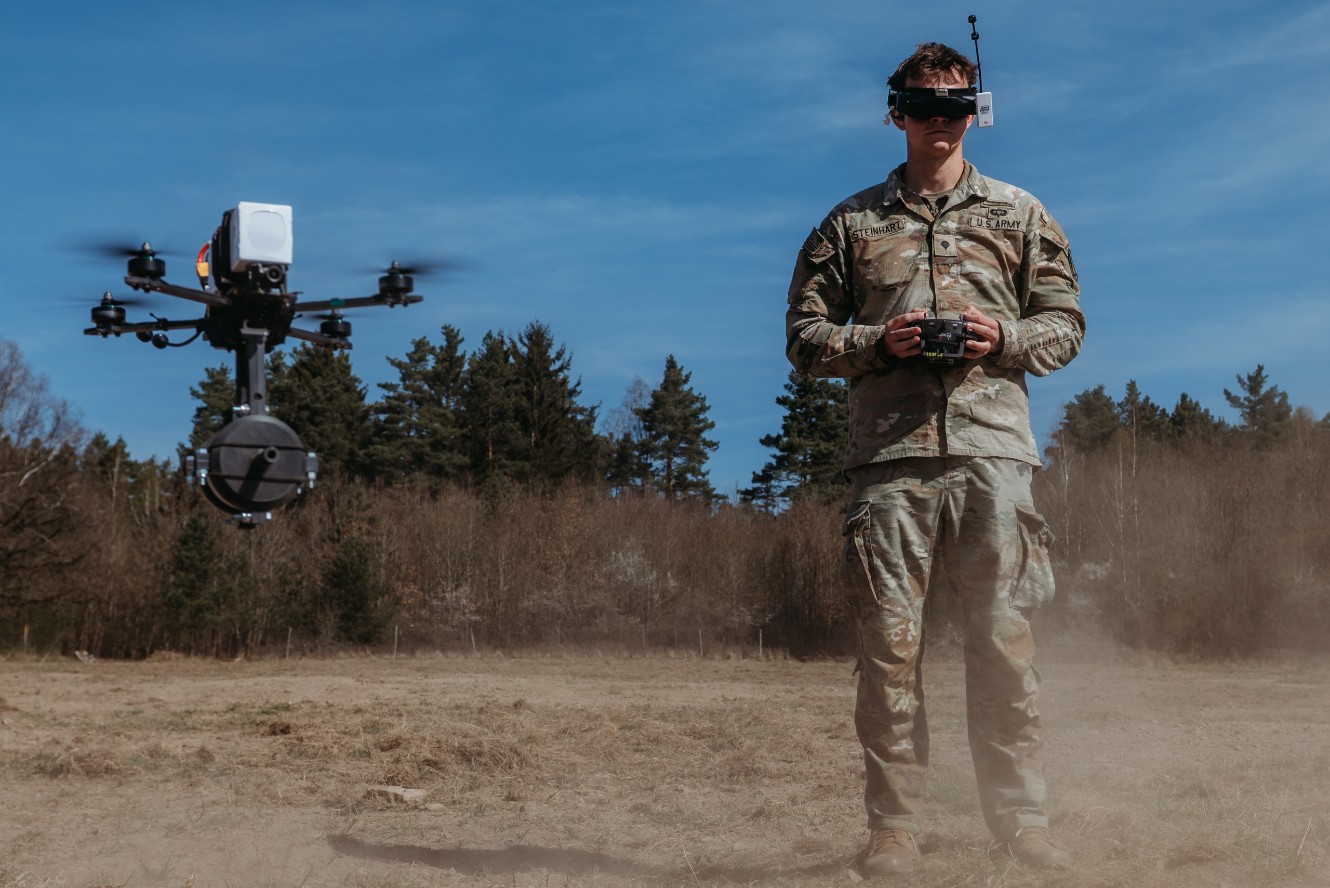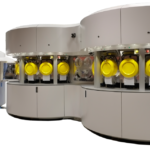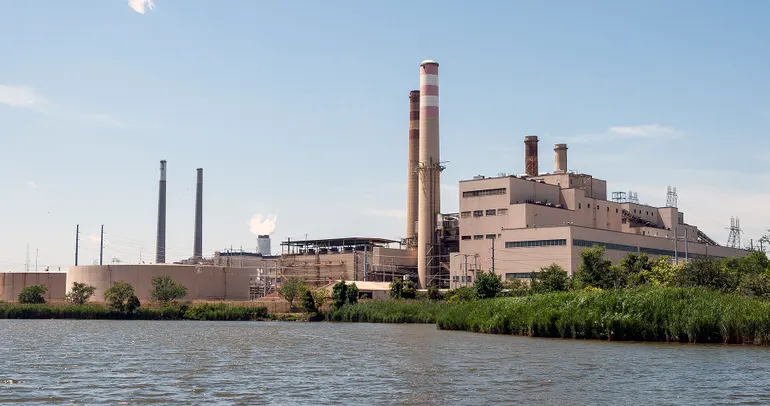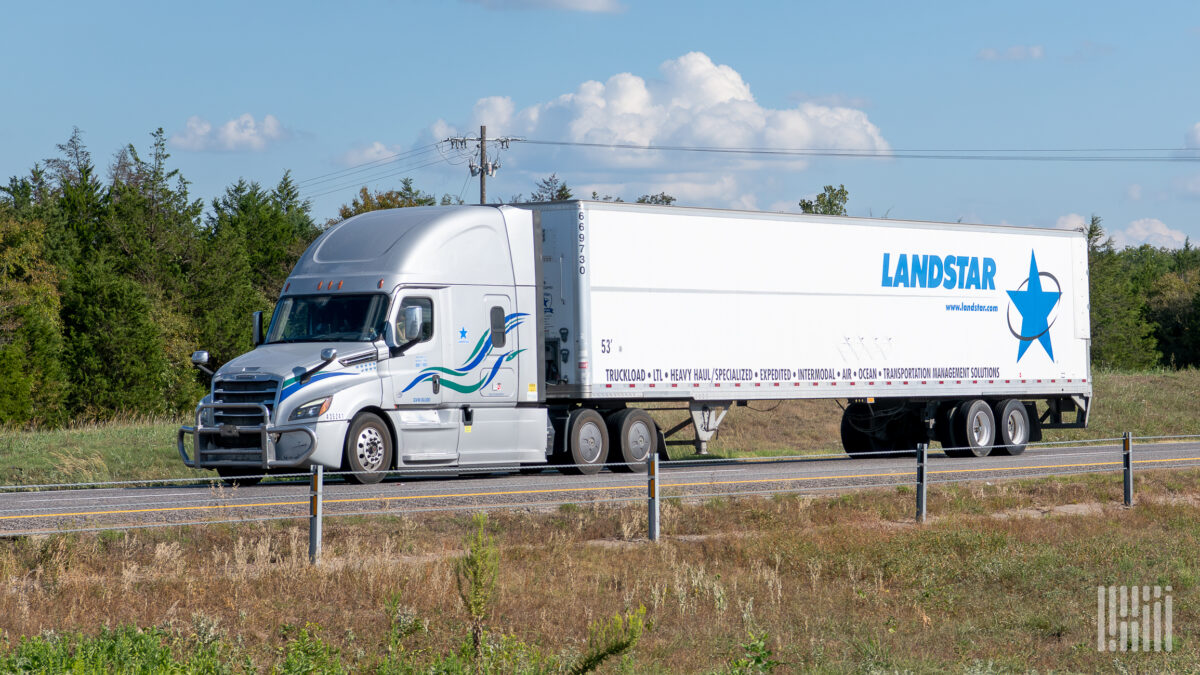The future of autonomy in physical operations
Samsara’s discussion panel on autonomous trucking and the future of physical operations covers topics such as augmenting vs. replacing labor, autonomous vehicle safety testing, automated warehousing, and the accelerated adopting of autonomous technologies in a variety of industries. The post The future of autonomy in physical operations appeared first on FreightWaves.



Because of both the pressing challenges driving adoption and the promising solutions emerging through innovation, autonomous technology is changing the business landscape in striking ways.
A recent panel discussion hosted by Samsara brought together leading experts in autonomous technology to explore how automation is transforming physical operations across industries.
“At Samsara, we work with the world of physical operations, from construction to logistics to food and beverage distribution, and this is a topic that’s coming up more and more,” said Samsara co-founder and CEO Sanjit Biswas. “Frontline work in these industries is incredibly tough, and not a lot of people are signing up for these jobs. These businesses are looking for leverage, and they’re looking for help,” he said.
Autonomous technology, such as self-driving trucks, can address critical labor shortages across sectors. With approximately 7 million truck driving positions needed but only 3.5 million CDL holders available, the trucking industry faces a significant workforce gap. The challenge is compounded by demographics – roughly 25% of current drivers are over 55, while only 12% are under 25, which means shortages will inevitably get worse.
According to Biswas, autonomy is being welcomed with open arms in many frontline industries because of the practical problem of labor shortages.
Automation is being welcomed by businesses precisely because it helps address these practical workforce challenges.
Rather than replacing jobs wholesale, autonomous technology is being deployed strategically to augment human capabilities and improve working conditions.
“A lot of these jobs on the front lines are dangerous, so anything that can be done to help improve the safety of our peers is always welcome,” Biswas said.
For example, ArcBest’s autonomous forklifts allow operators to work remotely in comfortable office environments while controlling multiple vehicles, creating more appealing roles that attract a broader talent pool.
“Our customers are telling us that they’re having a hard time staffing a second and third shift,” said Jefferson Maldonado, director of robotics and automation at ArcBest. Like trucking, the warehouse workforce is aging, and young graduates are avoiding dangerous, labor-intensive careers.

To help both employers and employees, ArcBest’s approach has been to find a balance between automation and remote operation of warehouse equipment. Because of the edge cases and dynamic scenarios that occur day-to-day, many warehouse managers have not had success with full automation.
“Our approach has been to use autonomy for the things that robots are really good at, like navigating around the facility, and to leverage remote operations for the things that humans are really good at,” said Maldonado. “Humans are good at complex tasks. By putting a single forklift operator into a remote office environment, they can perform the complex tasks and operate a fleet of five to ten vehicles, which is an efficiency gamechanger,” he said.
These remote operations also open the door to entirely new labor pools. Whereas workers with certain disabilities may not have previously been able to operate machinery, ArcBest’s remote technology enables more people to find work in these fields.
Likewise, this kind of automation has a massive impact on safety. OSHA reports nearly 100,000 forklift-related incidents per year, 35% of which are critical incidents. Remote operators using controllers from a desk are simply not exposed to that level of danger.
Autonomous solutions are becoming more viable through advances in AI and sensing technologies. Gatik shared their success in achieving fully driverless operations on fixed commercial routes through rigorous safety validation. The company works with independent auditors to verify their autonomous system’s performance meets strict requirements before removing safety drivers.
“The public expects a superhuman level of driving, with no mistakes,” said Gatik founder and CEO, Gautam Narang.
While Gatik seeks a level of perfection above what human drivers can achieve, the company also understands that there is no zero-risk condition where perfection can be guaranteed.
“As the developers, we gather stakeholders to the table, from customers to local regulators and emergency services to define what is acceptable risk,” Narang said. “Independent third-party safety auditors have access to our entire development process, and they can provide the most comprehensive and the most rigorous assessment in the world. That way we can back up our claims of safety,” he said.
In order to scale robotic driving technology, Gatik needed to simplify its use case, which came with the added benefit of more predictable, safer operations. That’s why Narang and his team focused on the middle-mile segment.
“By using light and medium-duty trucks driving shorter routes, we needed exponentially less data to validate our technology compared to a company that was trying to go broad with its operation,” Narang said.
Looking ahead five to ten years, the panel predicts accelerating adoption of autonomy across physical operations, enabled by improving technology and increasing public comfort with automation. However, this will be an evolutionary process, not a sudden revolution.
The path to success lies in augmenting human capabilities in specific use cases where automation provides clear value, rather than pursuing complete automation everywhere.
“There are industries like construction and agriculture where machines are almost ahead of the industry in some sense,” said autonomous leader and expert Boris Sofman. “Those industries have welcomed automation for nearly the last hundred years, with the implementation of tractors and more advanced tools,” he said.
Now, where heavy machinery and complex machinery once changed the workload of farmers and builders, autonomous machines are further augmenting those farmers and construction workers.
“Augmenting a user in something like agriculture becomes the perfect foundation for automating the whole process in a way that’s actually far less invasive than what you would have to go through in a car or truck on public roads,” said Sofman.
Autonomous technology has quietly been adopted in this fashion in a variety of industries over the past decade or more, and continues to evolve as innovators and stakeholders find the best use cases.
As Samsara CPO Kiren Sekar said, “Autonomy is actually everywhere in the field, but it’s often behind the scenes.”
While technologies like autonomous vehicles were merely a novel concept and topic of conversation ten years ago, they are now an everyday reality.
“We have a really interesting vantage point as the system that our customers are connecting all of their operations into,” Sekar said.
Samsara’s unique position as a platform that brings data from across operations into a single view allows the company to observe automation trends in a variety of sectors, from soap packing in Mexico to grocery warehouse functions in Canada to survey drone operations across the U.S.
According to Sekar, many of these difficult and hazardous roles are being automated on a wide scale.
“Many of our clients have been able to automate almost all of the labor-intensive work and put their employees out in customer-facing roles, where they’re most useful,” said Sekar.
With this kind of technology deployment, everyone benefits, from the employees to the end consumers.
The panel also addressed common misconceptions, particularly around the pace and scope of autonomous deployment. Rather than an all-or-nothing proposition, the reality is a gradual integration of autonomous capabilities alongside human workers. As Biswas noted, “It’s an ‘and,’ not an ‘or’” – similar to how e-commerce complements rather than replaces physical retail.
Labor shortages, not cost reduction, are the primary driver of automation adoption. The rigorous testing required to ensure autonomous systems operate safely at scale will continue to keep progress somewhat slow, but will keep public confidence in automation high.
While significant technical and operational challenges remain, autonomous technology is steadily progressing from concept to reality across the physical operations landscape.
Click here to learn more about Samsara.
The post The future of autonomy in physical operations appeared first on FreightWaves.










